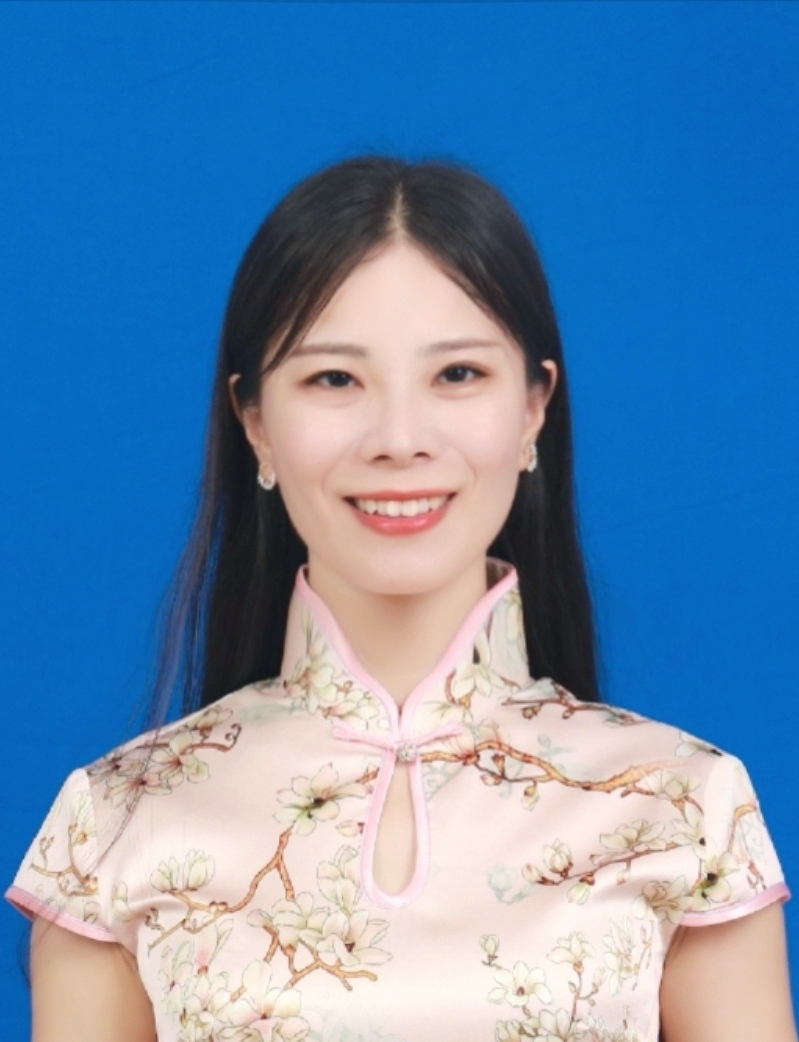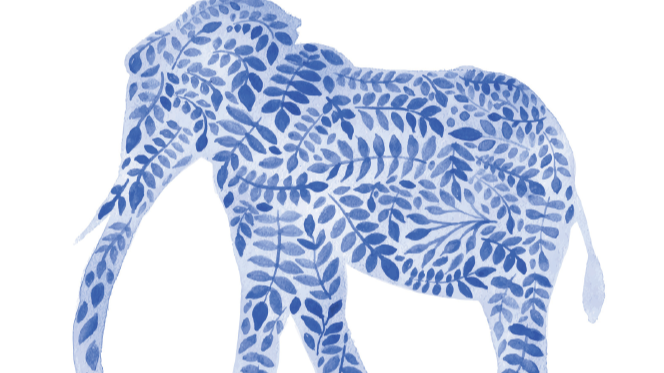
The Aesthetics of Chinese - Class Teaching Theory and Practice of Teaching Chinese as a Foreign Language课程:前往报名学习
For Chinese undergraduates majoring in this major, they are required to master the classroom teaching theories and teaching methods related to Chinese international education during their undergraduate years. For international students studying for a master's degree in Teaching Chinese to Speakers of Other Languages (MTCSOL), online courses are the main channel for them to learn as they are temporarily unable to return to Chinese classrooms during the COVID-19 outbreak.
开设学校:中南民族大学;学科:文学文化、
For Chinese undergraduates majoring in this major, they are required to master the classroom teaching theories and teaching methods related to Chinese international education during their undergraduate years. For international students studying for a master's degree in Teaching Chinese to Speakers of Other Languages (MTCSOL), online courses are the main channel for them to learn as they are temporarily unable to return to Chinese classrooms during the COVID-19 outbreak.
-1.1 Historical Development of Chinese International Education
--1.1 Historical Development of Chinese International Education
-1.2 Chinese International Education - A Cause of China and the Chinese Nation
--1.2 Chinese International Education - A Cause of China and the Chinese Nation
-Chapter Test
-2.1 The uniqueness of Chinese International Education Major
--2.1 The uniqueness of Chinese International Education Major
-2.2 Essential Qualities of International Chinese Teachers
--2.2 Essential Qualities of International Chinese Teachers
-2.3 Classroom Teaching Awareness of Chinese Teachers
--2.3 Classroom Teaching Awareness of Chinese Teachers
-2.4 Classroom Teaching Behavior of Chinese Teachers
--2.4 Classroom Teaching Behavior of Chinese Teachers
-2.5 Intercultural Communicative Competence of Chinese Teachers
--2.5 Intercultural Communicative Competence of Chinese Teachers
-2.6 Classification and Selection of Chinese Textbooks
--2.6 Classification and Selection of Chinese Textbooks
-2.7 Chinese Proficiency Test -HSK
--2.7 Chinese Proficiency Test -HSK
-2.8 Confucius Institute and Confucius Classroom
--2.8 Confucius Institute and Confucius Classroom
-Chapter Test
-3.1 Chinese Phonetics
-3.2 Initials and Finals
-3.3 Tones and Syllables
-3.4 Phonetic Change
-3.5 Phonetics Teaching
-3.6 Chinese Vocabulary
-3.7 Systematicness of Vocabulary
--3.7 Systematicness of Vocabulary
-3.8 Vocabulary Teaching
-3.9 Chinese Grammar
-3.10The Tacitness of Grammar
--3.10The Tacitness of Grammar
-3.11Grammar Teaching
-3.12Chinese Characters
-3.13The Mystery of Chinese Characters
--3.13The Mystery of Chinese Characters
-3.14Cinese Teaching
-3.15Chinese Aesthetics and Chinese Teaching
--3.15Chinese Aesthetics and Chinese Teaching
-Chapter Test
-4.1 The characteristics of the comprehensive course
--4.1 The characteristics of the comprehensive course
-4.2 Demonstration and Discussion of a Comprehensive Class
--4.2 Demonstration and Discussion of a Comprehensive Class
-4.3 The characteristics of listening class
--4.3 The characteristics of listening class
-4.4 Listening demo-class and discussion
--4.4 Listening demo-class and discussion
-4.5 The characteristics of oral class
--4.5 The characteristics of oral class
-4.6 Demonstration and Discussion of Oral Class
--4.6 Demonstration and Discussion of Oral Class
-4.7 The characteristics of reading class
--4.7 The characteristics of reading class
-4.8 Demo-reading class and discussion
--4.8 Demo-reading class and discussion
-4.9 The characteristics of writing class
--4.9 The characteristics of writing class
-4.10Writing teaching demonstration and discussion
--4.10Writing teaching demonstration and discussion
-4.11Pronunciation class demonstration and relevant discussion
--4.11Pronunciation class demonstration and relevant discussion
-4.12Grammar teaching demonstration and discussion
--4.12Grammar teaching demonstration and discussion
-4.13Chinese Character Teaching Demonstration and Discussion
--4.13Chinese Character Teaching Demonstration and Discussion
-Chapter Test
-5.1 The aesthetics of diet and Chinese teaching
--5.1 The aesthetics of diet and Chinese teaching
-5.2 The aesthetics of costumes and Chinese teaching
--5.2 The aesthetics of costumes and Chinese teaching
-5.3 The aesthetics of architecture and Chinese teaching
--5.3 The aesthetics of architecture and Chinese teaching
-5.4 The aesthetics of music and Chinese teaching
--5.4 The aesthetics of music and Chinese teaching
-5.5 The aesthetics of ink-splashing and Chinese teaching
--5.5 The aesthetics of ink-splashing and Chinese teaching
-5.6 The aesthetics of poetry and Chinese teaching
--5.6 The aesthetics of poetry and Chinese teaching
-5.7 The aesthetics of idioms and Chinese teaching
--5.7 The aesthetics of idioms and Chinese teaching
-5.8 Allusion idioms and Chinese teaching
--5.8 Allusion idioms and Chinese teaching
-5.9 The aesthetics of Dialect and Chinese Teaching
--5.9 The aesthetics of Dialect and Chinese Teaching
-5.10Thinking Mode and Chinese Teaching
--5.10Thinking Mode and Chinese Teaching
-Chapter Test
-Final Test
用心感悟汉语和中国文化之美! 主讲人:刘洋,博士,毕业于北京语言大学,获语言学及应用语言学博士学位,致力于汉语及汉语教学研究。参与国家社科基金项目1项,中国语言资源保护工程项目3项,主持中央高校基金项目3项,教研项目2项,曾获中南民族大学第二届教学先进个人、优秀教学奖等,发表《汉语国际教育专业的专业选修课程改进初探》等论文,热爱汉语及汉语教学事业,立志发掘汉语之美、传播汉语之美。

